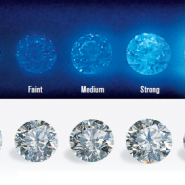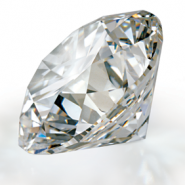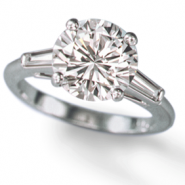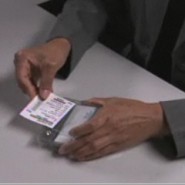Diamonds are among the hardest natural minerals on Earth, yet they require special care to keep them shining and looking their absolute best. In fact, a diamond’s sparkle can be lost by the mere touch of a finger, which can cause dirt to collect on the diamond.
Read More >>Have you ever noticed the term “Fluorescence” on a GIA Diamond Grading Report? Did you know that some, but not all, diamonds show effects under ultraviolet light?
For most people who purchase diamonds, fluorescence will be a non-issue, but some might be confused by the term. Below are commonly asked questions, and helpful answers from GIA researchers who have studied fluorescence in depth.
Read More >>Shimmering with an internal fire all its own, diamond is one of the world’s most sought-after and adored gemstones.
Read More >>Diamonds are famously known for being one of the hardest substances on earth – we know you’ve heard the rumor that a real diamond can cut glass. But do you know why diamonds are so hard?
Read More >>GIA strives to make sure diamond grading is objective and fair, keeping a standard in the diamond market, so that the public can buy a diamond with a GIA report and know that the report is accurate and absolutely impartial. This creates the ultimate peace of mind for your diamond purchase.
Read More >>The effect of the lighting environment was well understood by jewelers in the late 1800s. Minimal grading standards at the time included “good north light unobstructed by buildings or other objects”, grading between the hours of 10am and 2pm only, no use of artificial light, and use of the same location for grading (amongst others that are less important to this story).
Read More >>





